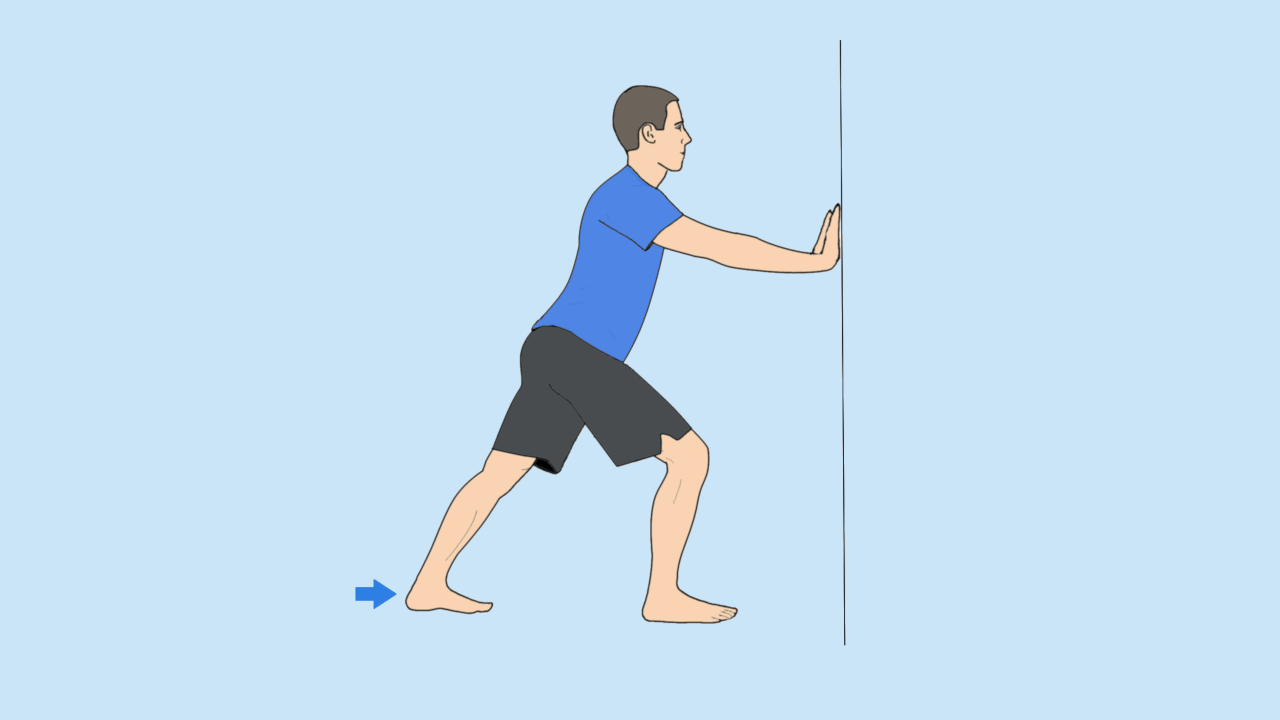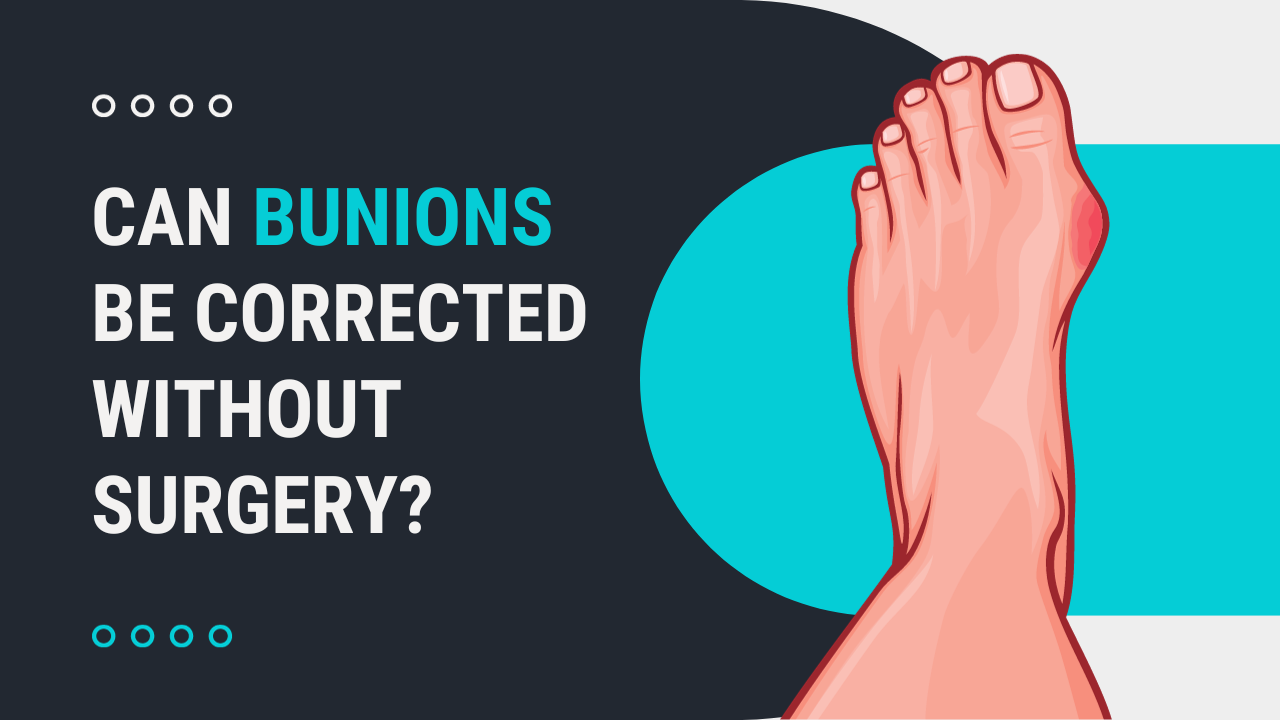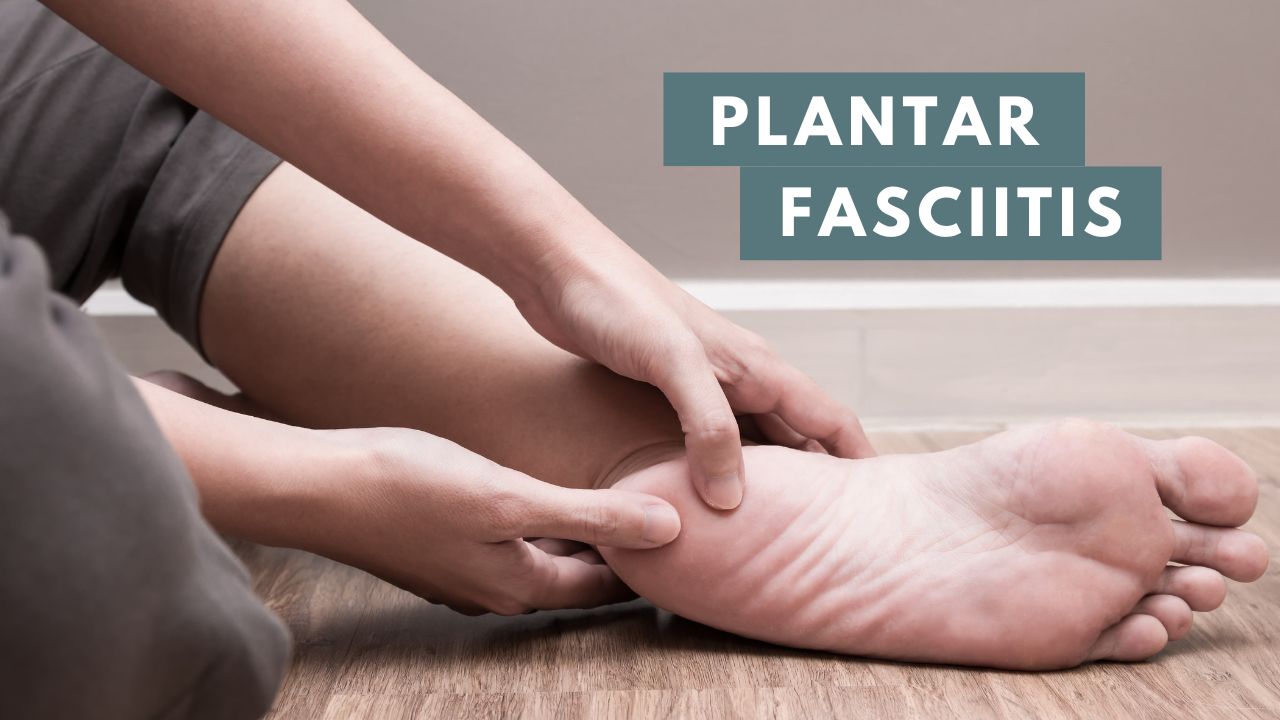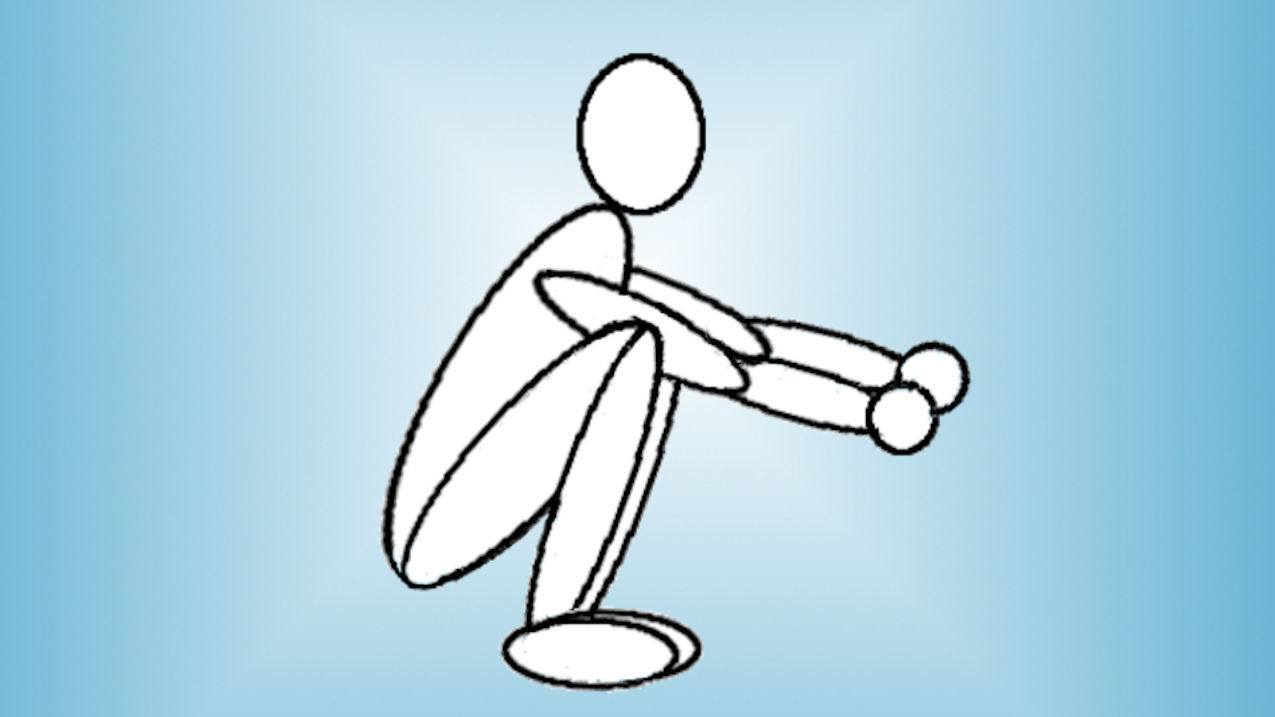Improving ankle flexibility can be an important part of correcting flat feet. Specifically, the motion the often needs to improve is ankle dorsiflexion. This motion is commonly limited by shortness of the calf muscles in the back of the leg.
In this post, I’m going to go over some tips on stretching these muscles.
Tight Calf Muscles Limit Ankle Dorsiflexion
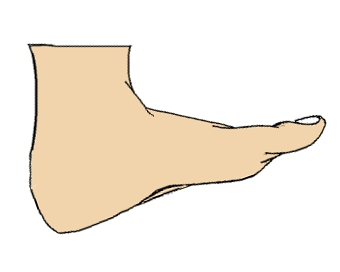
Ankle dorsiflexion is the motion that brings the top of the foot closer to the shin. This motion is also seen whenever the knee travels over the foot when the foot is on the ground. Between 5 and 10 degrees of doriflexion is needed for normal walking.
When this motion is limited the body can compensate by flattening the arch. Improving ankle flexibility was one of the keys to fixing my flat feet. I needed to improve my ankle flexibility to lessen the forces causing the foot to pronate and collapse.
But because my feet were so used to pronating and going flat, there were a few adjustments I needed to make in the way I performed calf stretching.
Key Points for Better Calf Stretching
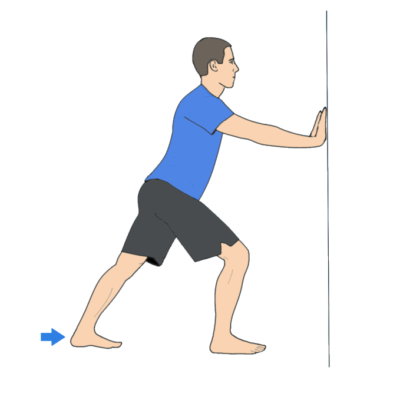
There are many different exercises for calf stretching. The one pictured here is called the standing wall stretch or runner’s stretch.
Stretching involves placing the target muscle or muscles into a lengthened position and holding for some length of time. The key ingredient here is keeping the muscles under tension.
For someone with flexible flat feet, it can be difficult to keep the calf muscles under tension because of the compensations mentioned earlier.
Two important points for making calf stretching effective are:
- keeping the heel in a neutral position, and
- keeping the heel pressed down on the ground.
Keeping a Neutral Heel
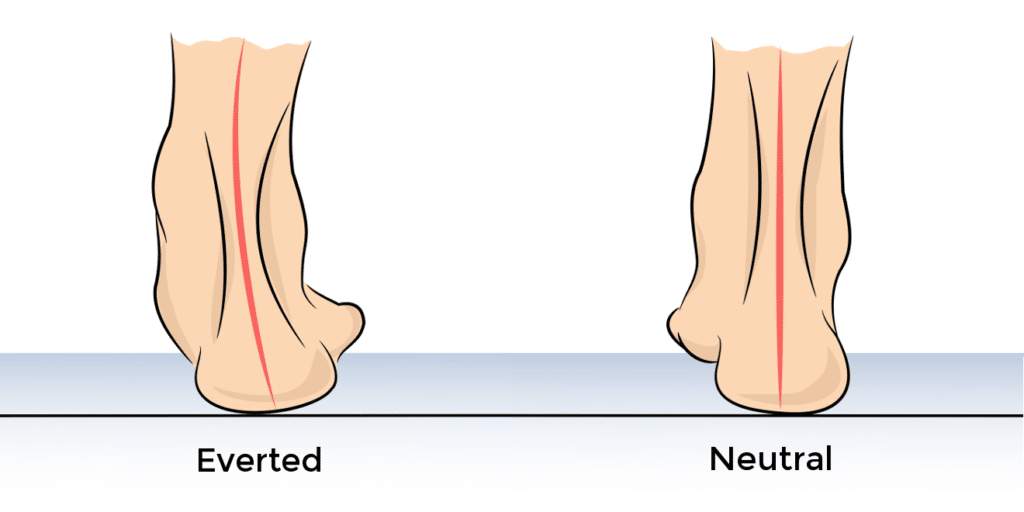
It’s common for the foot to pronate during calf stretching for people with flat feet. This puts the heel in an everted position. One study found that having people stretch while standing on an orthotic made the stretch more effective because it kept the heel in a more neutral position.1
A similar effect can be achieved by placing a rolled up sock underneath the arch of the foot.
For me, I didn’t find it necessary to use anything to hold my heel in a neutral position. Instead, I focused on keeping weight toward the outside edge of the foot and stabilize the arch by maintaining a good foot tripod position.
Performing the stretch while trying to hold the heel in neutral also had the benefit of training the foot to hold an arch.
Don’t Let the Heel Lift Up
The second key point, keeping the heel pressed down, is fairly straight-forward. I find there is a tendency for the heel to lift up while doing calf stretches. This makes it seem like you’re going farther with the stretch but really it’s just taking tension off of the muscles.
To prevent this, I like to focus on pressing the heel into the floor during the stretch.
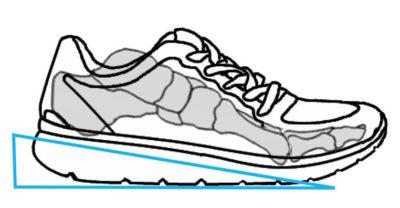
There is another point I’d like to make about this though, and that pertains to stretching with shoes. I did almost all the stretching in my program barefoot. The main reason I stretched without shoes is that I wanted to be able to see if I was holding a good foot position.
But an equally important reason is that most shoes have a raised heel. This includes many athletic and running shoes. As you can see from the picture, the elevated heel of the shoes lifts the back of the foot up higher than the front of the foot.
This is opposite the direction needed to stretch the calf muscles and consequently makes it harder to get to a position where there is tension on the calf muscles.
References
- Jung DY, Koh EK, Kwon OY, Yi CH, Oh JS, Weon JH. Effect of medial arch support on displacement of the myotendinous junction of the gastrocnemius during standing wall stretching. Journal of Othopaedic & Sports Physical Therapy. 2009 Dec;39(12):867-74.
